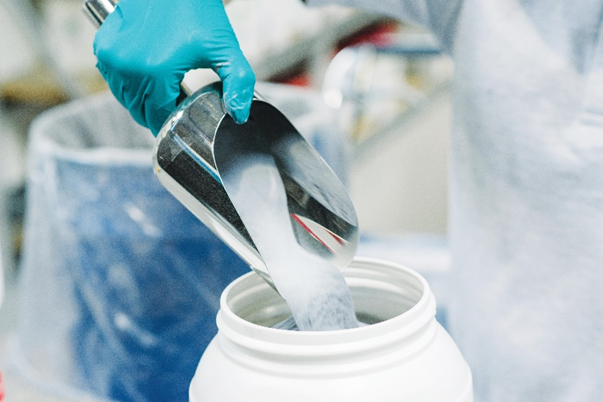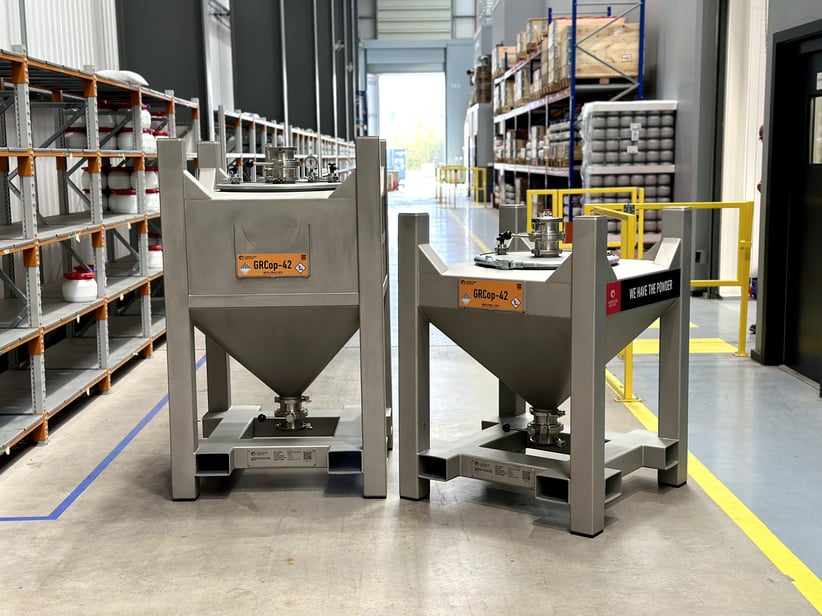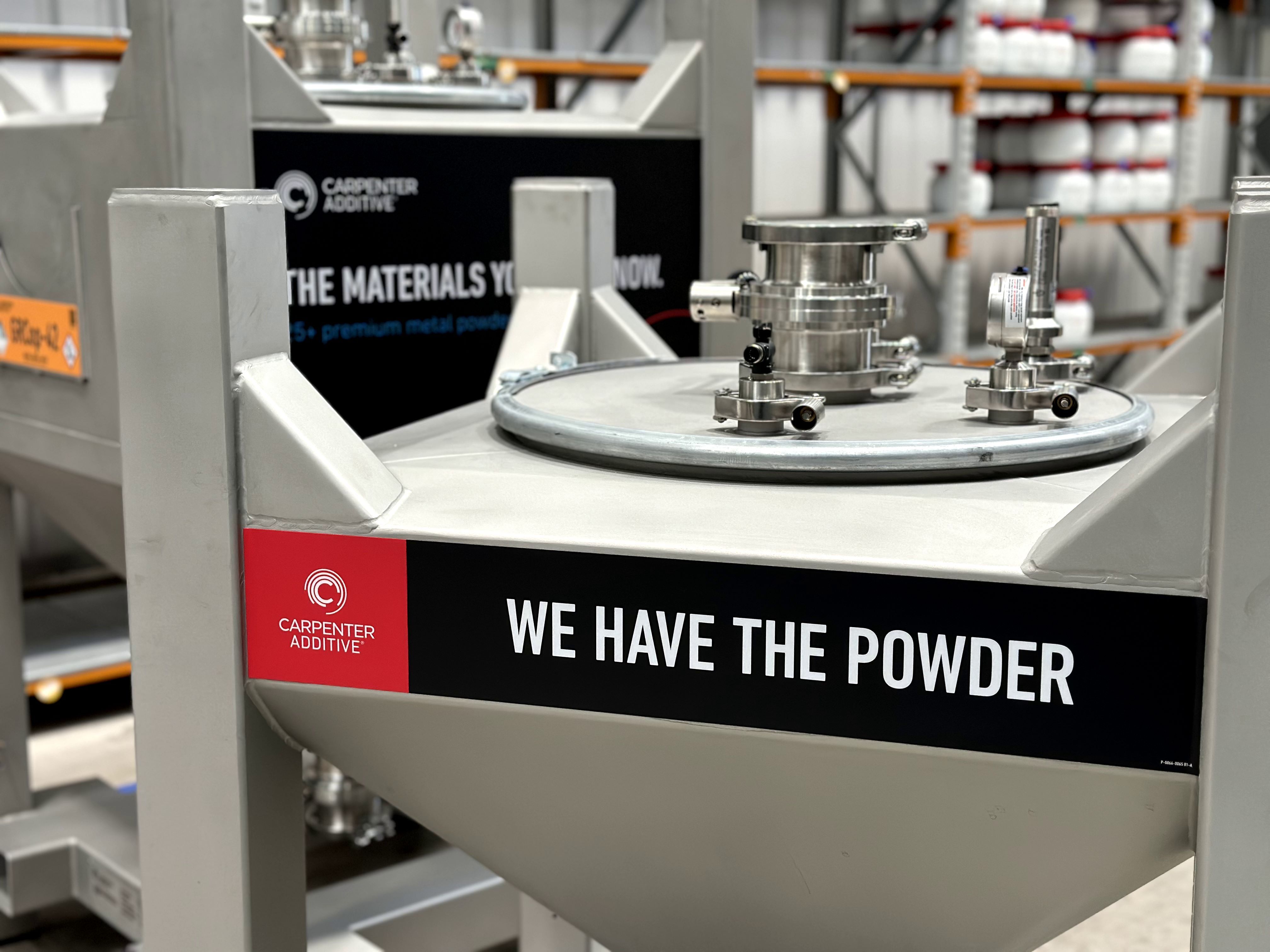Over the last decade, the additive manufacturing landscape has evolved significantly, witnessing a substantial increase in machine throughput . This increase in throughput reflects higher demand for additive manufacturing (AM) parts, which are now being qualified and increasingly used in production rather than just in research and development (R&D). Additionally, machines themselves are becoming larger, faster, and more automated. However, despite these advancements, powder handling methods have struggled to keep pace with these changes. Ten years ago, the practice of filling machines with plastic bottles seemed sensible. Today, with machines requiring dozens of bottles per fill, it's crucial to recognize the escalating risks associated with such practices.
Challenges of Small Containers
Scaling operations have exposed risks in the traditional approach. With each interaction involving small bottles, there is potential for contamination, exposing operators to unnecessary risks, and exposing the AM machine internals to a non-inert environment for a prolonged period. If we assume a standard machine consumes 500 kg of powder per month, this creates over 50 interactions, increasing the chances of contamination and operator exposure. Additionally, the frequent interactions with small containers contribute to downtime, non-productive time, and increased operator involvement. Ensuring that each of the approximately 50 bottles used per month is the correct batch and alloy adds another layer of complexity and potential error. There is also the significant issue of packaging waste associated with the disposal of these small containers, which must be addressed in the context of sustainability and environmental responsibility. Furthermore, it's crucial to consider that bottles are typically used in a 'one-way' operation, posing challenges when changing over large machines and requiring careful consideration of powder storage and handling during such transitions.

Image 1: Traditional Powder Handling Methods
Scaling Solutions with Carpenter Additive
Acknowledging the need for a production-ready solution, Carpenter Additive took a pioneering step in evolving powder handling. Moving from highly technical, smaller containers (formerly known as PowderTrace) to the robust, production-ready 250L and 500L Hoppers, Carpenter Additive addresses the challenges posed by increased powder demand per machine or process.

Image 2: The Evolution of the Hopper
Next-Generation Hoppers
The 250L and 500L Hoppers are designed to offer optimal capacity for customer usage, providing new options for transport, storage, and delivering a production-ready solution as customers transition from prototyping to serial production.
- Fully Welded Structure: With a minimum Factor of Safety (FoS) of 2:1 under the toughest conditions, the hopper ensures safety and peace of mind.
- 304L Stainless Steel: The hopper is wholly made from 304L stainless steel, offering a strong, easily cleaned structure with minimal risk of corrosion.
- Human-Readable Instruments: All instruments are easily readable and accessible, with serviceable components interchangeable using standard sanitary fittings.
- Positively Locking Handles: Handles to load and unload the hopper are positively locking and easy to operate.
Safety Measures and Certifications: Safety is a core value at Carpenter Additive. The new Hopper features a top-side valve to maintain an inert atmosphere during transit, handling, and connection. The Hopper includes a patented safety blank atop the upper valve, preventing contamination ingress. Unlike conventional blanks, which can be ejected when opening pressurised containers, the blank is secure and cannot be removed vertically. Instead it lifts slightly to equalise pressure, then slides laterally to remove, guaranteeing operator safety during operation.
Electrostatic Discharge and Material Identification: The unibody structure design with a bonded Electrostatic Discharge point addresses electrostatic challenges in metal powder. Interchangeable material identification decals, each distinguished by a unique color, provide fast and clear visual identification of the carried alloy.

Image 3: Interchangeable material identification decals
Mobility and Accessibility: With a carrying capacity of up to two metric tons, the hopper ensures mobility through novel fabrication techniques. Its 4-way access allows flexible forklift, pedestrian truck, and pallet truck options, supporting efficient logistics around the production floor. Built in lift points support easy crane-handling on site.

Image 4: The New and Improved Hoppers

Image 5: The New and Improved Hoppers

Image 6: The New and Improved Hoppers
Carpenter Additive's Experience
With daily production exceeding 30 metric tons, Carpenter Additive leverages extensive experience in moving metal powder. Collaboration with ancillary solution providers enhances comprehensive support, ensuring the highest powder quality standards in large-scale production environments.
Carpenter Additive's Next-Gen Hoppers represent a leap forward in addressing the evolving challenges of powder handling in additive manufacturing. The shift from small containers to these production-ready solutions ensures efficiency, safety, and quality, making them a crucial component for any additive manufacturing operation aiming for scalability and sustainability. Stay tuned for our next blog where we explore the design features and specifications of the 250L and 500L Hoppers.

